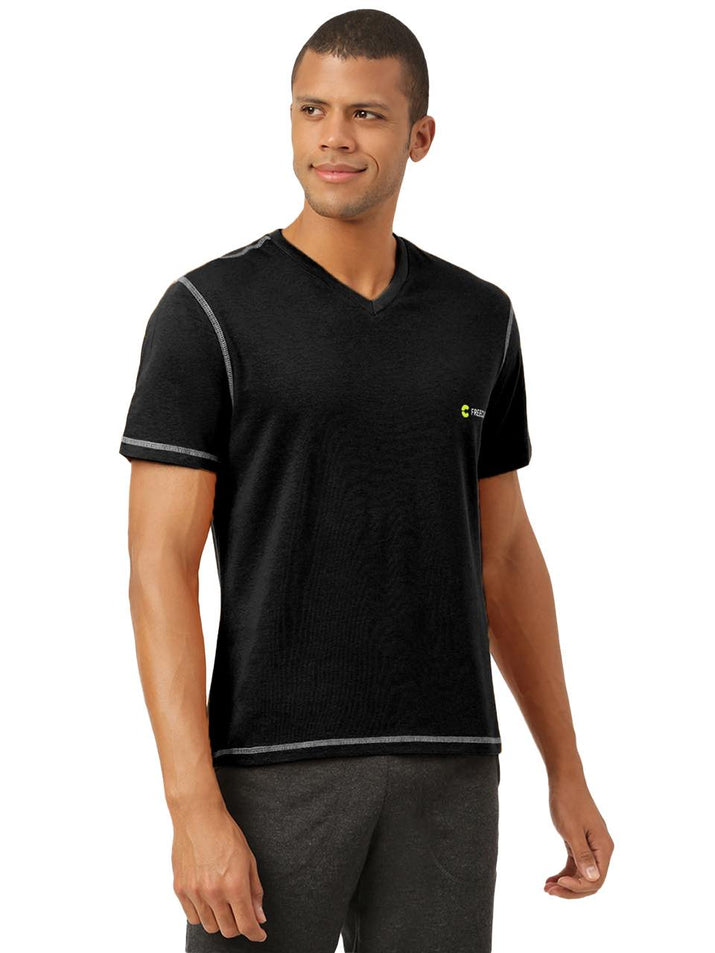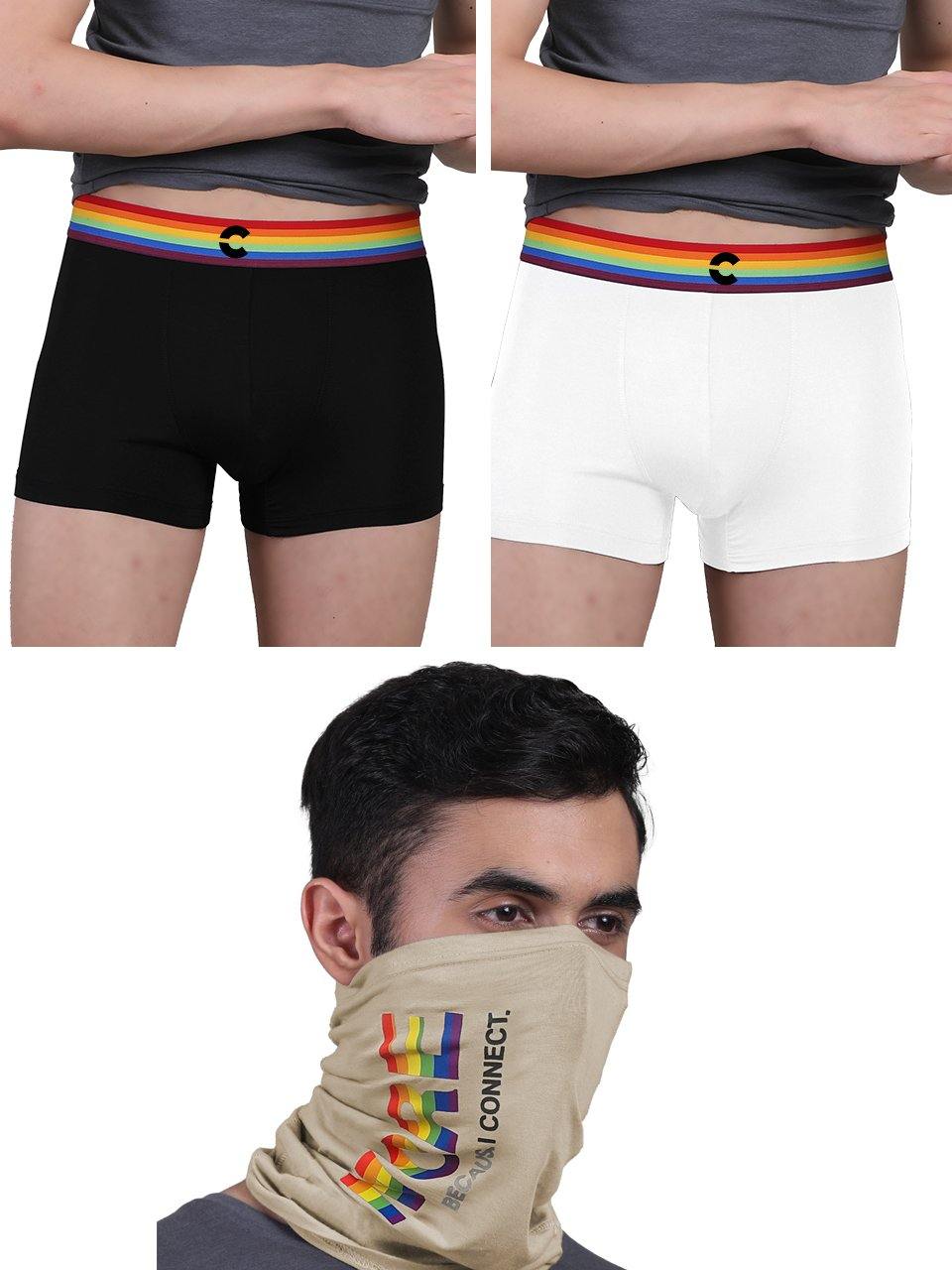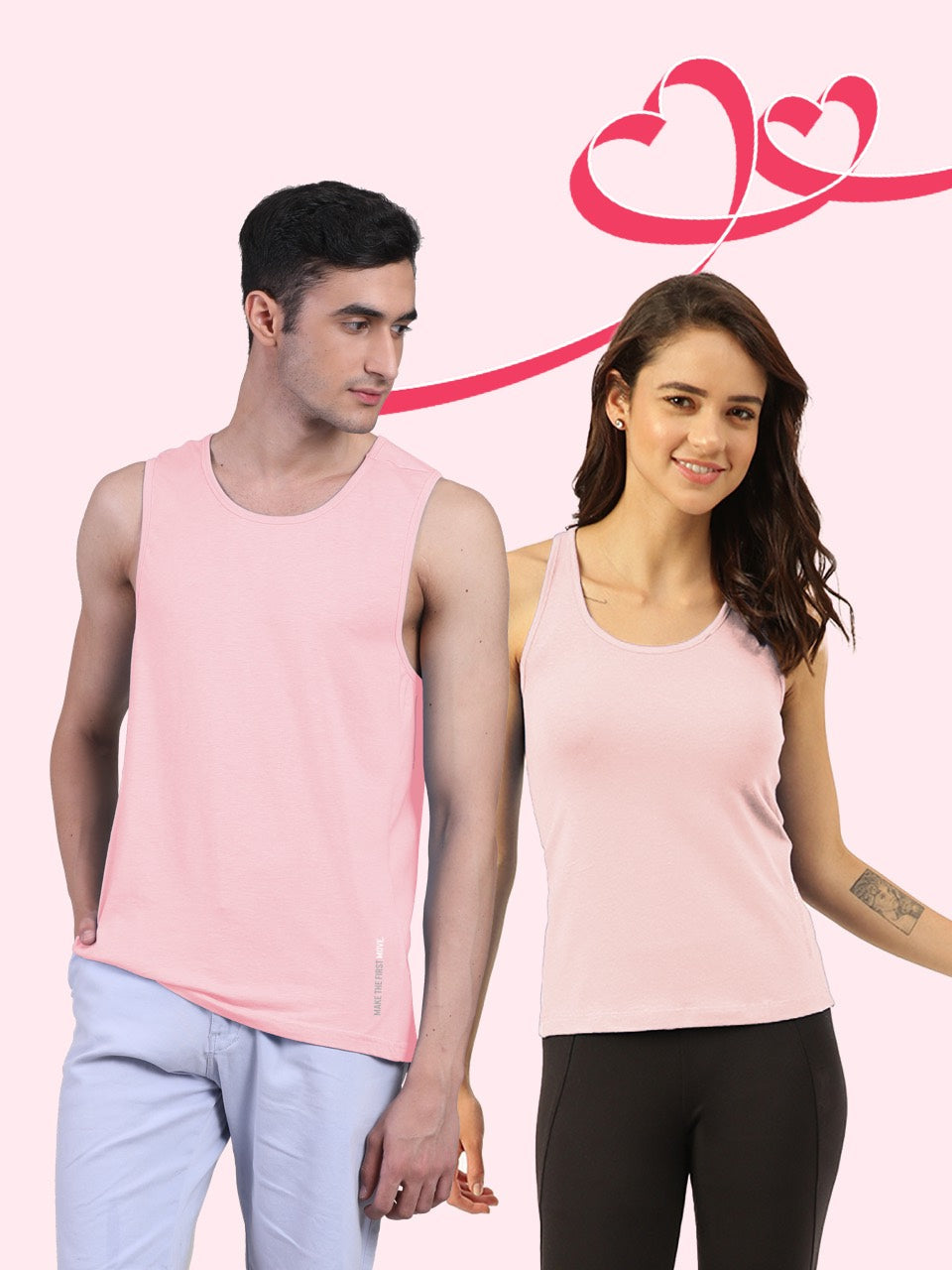
Understanding the Anatomy of a Quality Tee
A t-shirt, often abbreviated as a "tee," is a fundamental garment in virtually every wardrobe, celebrated for its versatility and comfort. Yet, beneath its seemingly simple design lies a complex interplay of materials and construction that dictates its quality, durability. Fit. To truly appreciate a well-made tee, it's essential to comprehend its core components and the raw materials that bring it to life.
- Body The main section of the tee, covering the torso.
- Sleeves Extending from the shoulders, varying in length and width.
- Neckline The opening for the head, most commonly crew-neck (round) or V-neck.
- Hem The finished bottom edge of the tee and sleeves.
The foundation of a durable tee begins with its fabric. Different fibers and weaves offer distinct properties:
- Cotton The most popular choice due to its breathability, softness. Absorbency.
- Upland Cotton The most common variety, widely used for everyday tees.
- Pima/Supima Cotton These are premium, long-staple cotton varieties. Their longer fibers result in a smoother, stronger yarn, making the fabric more resistant to pilling, fading. Stretching, thus significantly enhancing durability.
- Organic Cotton Grown without synthetic pesticides or fertilizers, often associated with higher quality due to careful cultivation and less chemical processing, which can sometimes weaken fibers.
- Blends Combining cotton with other fibers to leverage their benefits.
- Polyester-Cotton (CVC or TC) Blends often combine cotton's comfort with polyester's strength, wrinkle resistance. Shape retention, contributing to a more durable and stable garment.
- Tri-Blends (Cotton, Polyester, Rayon) These offer an incredibly soft hand-feel, excellent drape. A slight stretch, making them highly desirable for modern fits that prioritize both Fashion & Comfort. While rayon adds softness and drape, polyester contributes to the overall durability and shape retention.
- Fabric Weight (GSM - Grams per Square Meter) This metric indicates the density of the fabric.
- Lightweight (<150 GSM) Ideal for hot weather or layering, often less durable for heavy wear.
- Mid-weight (150-200 GSM) A versatile range, offering a good balance of breathability and durability for everyday wear.
- Heavy-weight (>200 GSM) Denser, more opaque. Generally more durable, providing a substantial feel and often better drape retention.
Understanding these fundamental aspects of fabric choice is the first step in identifying a tee that promises lasting quality.
The Science Behind Durability: Fabric and Construction
Beyond the raw fiber, the way yarn is processed and fabric is constructed plays a critical role in a tee's longevity. This is where textile engineering truly shines, turning raw materials into garments that withstand the test of time and repeated wash cycles.
- Yarn Quality and Processing
- Carded vs. Combed Cotton Carding cleans cotton fibers. Combing goes a step further by removing shorter fibers and impurities, leaving only longer, stronger. More uniform fibers. This results in a smoother, softer. Significantly more durable fabric that is less prone to pilling.
- Ring-Spun vs. Open-End (OE) Cotton Ring-spun yarns are made by continuously twisting and thinning cotton strands, creating a finer, softer. Much stronger yarn with a smoother surface. Open-end yarns are produced faster and are generally coarser, bulkier. Less durable. For a truly durable tee, ring-spun combed cotton is often the gold standard.
- Fabric Construction (Knitting Techniques)
- Jersey Knit The most common knit for t-shirts, characterized by a distinct "V" pattern on the face and horizontal loops on the back. While versatile, single jersey can sometimes curl at the edges.
- Interlock Knit A double-knit fabric that looks the same on both sides. It's much denser, thicker. More stable than single jersey, making it less prone to curling, stretching. Pilling. Interlock knit tees are often considered more durable and offer a premium feel.
- Rib Knit Features vertical textured lines, providing excellent stretch and recovery. Often used for neckbands and cuffs due to its elasticity, contributing to the durability of these stress points.
- Stitching and Seams The quality of seams is paramount for a tee's lifespan. Weak stitching can lead to unraveling and tearing.
- Stitch Density More stitches per inch generally mean stronger seams.
- Types of Seams
- Single-Needle Stitching Common but less durable for high-stress areas like hems and cuffs.
- Double-Needle (Twin-Needle) Stitching Features two parallel lines of stitches, providing significantly more strength and durability, commonly found on quality hems and sleeve cuffs.
- Flatlock Seams Designed to lie flat against the skin, reducing chafing and creating a very strong, durable seam, often used in activewear.
- Reinforcement Techniques like bar tacking (dense zigzag stitches at stress points like pocket corners or side seams) and shoulder-to-shoulder taping (a strip of fabric sewn into the shoulder seam to prevent stretching) significantly enhance a tee's durability.
- Dyeing and Finishing Processes
- Reactive Dyeing Dyes that chemically bond with the fabric fibers, resulting in excellent colorfastness, meaning the color will resist fading even after numerous washes.
- Pre-shrinking (Sanforization) A mechanical process that compacts fabric to reduce residual shrinkage. This is crucial for maintaining the tee's original fit and size after washing. A tee that is properly pre-shrunk will retain its shape, ensuring the modern fit you chose remains consistent.
My personal experience includes owning a heavyweight interlock knit tee that, thanks to its ring-spun combed cotton and double-needle stitching, has retained its shape, color. Integrity for over five years, standing as a testament to these durability principles.
Defining the Modern Fit: From Classic to Contemporary
While durability speaks to a tee's longevity, its "fit" defines its aesthetic appeal and how it drapes on the body, influencing both Fashion & Comfort. The concept of a "modern fit" has evolved significantly, moving beyond the boxy silhouettes of yesteryear to embrace more tailored, yet comfortable, contours.
The evolution of tee fits mirrors broader fashion trends. The oversized, baggy tees of the 1990s gave way to the slim and often restrictive fits of the early 2000s. Today, the "modern fit" often strikes a balance, offering a comfortable yet structured appearance that complements various body types and personal styles.
Key elements that define a tee's fit include:
- Shoulder Seam Placement Ideally, the seam should sit directly on the edge of your shoulder bone. A seam that hangs too low indicates an oversized fit, while one that pulls up indicates a too-small fit.
- Sleeve Length and Width Modern sleeves typically end mid-bicep or slightly above, with a width that's neither too baggy nor too constricting.
- Body Taper/Straightness How the fabric hangs from the chest down to the hem. A modern fit often features a slight taper or a straight cut that avoids excess fabric around the waist.
- Hem Length The bottom hem typically falls around the mid-hip, allowing for easy tucking or wearing untucked without looking too long or too short.
Here's a comparison of common tee fits:
| Fit Type | Characteristics | Ideal Body Type/Preference |
|---|---|---|
| Regular/Classic Fit | Straight cut through the body, relaxed sleeves, traditional length. Offers maximum comfort and freedom of movement. | General, traditional, comfort-focused. |
| Slim Fit | More tapered through the body and sleeves, closer to the torso without being tight. Provides a streamlined, contemporary look. | Leaner builds, those preferring a neat, tailored appearance that enhances Fashion & Comfort. |
| Athletic Fit | Often features broader shoulders and chest, with a more aggressive taper at the waist. Designed to accommodate muscular physiques. | Muscular builds, active individuals. |
| Relaxed/Oversized Fit | Looser and more generous in the body and sleeves, often with dropped shoulder seams and a longer hem. A contemporary, casual. Comfortable style. | Anyone seeking a trendy, laid-back aesthetic. |
Choosing the right fit is a personal decision that impacts how you feel and how your outfit looks. Don't be afraid to try on different styles to discover what truly complements your shape and personal aesthetic.
The Synergy of Durability and Modern Fit: What to Look For
The true value of a tee lies in the harmonious blend of durable quality and a modern, flattering fit. A tee can be made from the finest, strongest cotton. If it loses its shape after a few washes or drapes poorly, its durability becomes moot. Conversely, a perfectly fitted tee that falls apart quickly is equally frustrating. The optimal tee offers both lasting quality and consistent style.
A crucial aspect where durability and fit intersect is "fit retention." This refers to a tee's ability to maintain its original shape, size. Drape even after repeated wear and washing. This is directly influenced by the quality of the fabric (e. G. , ring-spun combed cotton, effective pre-shrinking) and the integrity of its construction (e. G. , strong seams, shoulder taping). A tee with excellent fit retention ensures that the modern silhouette you initially admired remains intact, wash after wash.
Here are actionable takeaways for consumers seeking the perfect balance:
- Scrutinize Product Descriptions Don't just look at the price. Seek out details on fabric composition (e. G. , "100% Combed Ring-Spun Cotton," "Pre-Shrunk"), fabric weight (GSM). Any mention of reinforced stitching or specific knit types (like interlock). These details are indicators of inherent durability.
- Inspect the Garment (If Possible)
- Seams Examine the stitching. Are the lines straight and even? Is the stitch density high (many stitches per inch)? Tug gently on seams to see if they pull apart easily.
- Fabric Hand Feel the fabric. Does it feel smooth and substantial without being overly stiff? Does it have a good drape? Gently stretch a small section and observe how quickly it recovers its shape.
- Transparency Hold the tee up to the light. A very thin, overly transparent fabric may indicate lower density and less durability.
- Consider Brand Reputation and Reviews Brands known for their commitment to quality often invest in superior materials and manufacturing processes. Customer reviews can also offer insights into a tee's real-world durability and how well it retains its fit over time.
- Choose for Purpose While a universal "best" tee doesn't exist, selecting one that aligns with its intended use can maximize both its Fashion & Comfort and longevity. A heavier, durable interlock knit might be perfect for workwear or cooler climates, while a lighter, blended tee with excellent drape could be ideal for casual summer outfits or layering.
By applying these strategies, you can confidently build a versatile wardrobe of tees that not only look good and provide exceptional Fashion & Comfort but also stand the test of time, proving to be wise investments.
Care and Maintenance for Longevity and Fit Retention
Even the most durably made and perfectly fitted tee requires proper care to maintain its quality and shape. The way you wash, dry. Store your t-shirts significantly impacts their lifespan and their ability to retain their modern fit. Neglecting care instructions can lead to premature fading, shrinkage, stretching. Fabric degradation.
Here are essential care guidelines to ensure your tees remain in prime condition:
- Washing Guidelines
- Cold Water is Key Always wash tees in cold water. Cold water is gentler on fabric fibers, helps prevent dye bleeding and fading. Significantly reduces the risk of shrinkage, especially for cotton garments.
- Gentle Cycle Use your washing machine's gentle or delicate cycle. This minimizes the agitation and friction that can stretch fibers, cause pilling. Wear down seams.
- Turn Inside Out Before washing, turn your tees inside out. This protects the outer surface from abrasion during the wash cycle, preserving the color and print integrity.
- Separate Colors Wash whites, lights. Darks separately to prevent color transfer.
- Avoid Overloading Don't cram too many items into your washing machine. Overloading reduces cleaning effectiveness and can cause excessive friction on garments.
- Drying Methods This is arguably the most crucial step for fit retention.
- Air Drying (Recommended) Whenever possible, air dry your tees by laying them flat on a clean surface or hanging them on a sturdy hanger (avoid thin wire hangers that can distort shoulder shape). Air drying is the gentlest method, preventing heat-induced shrinkage, fiber damage. Extending the garment's life.
- Low Heat Tumble Dry (If Necessary) If you must use a dryer, opt for the lowest heat setting. High heat is the primary culprit for shrinkage and can weaken cotton fibers over time, reducing elasticity and durability. Remove tees while slightly damp to minimize wrinkles and further heat exposure.
- Avoid Over-Drying Never over-dry your tees. Once they are dry, remove them immediately from the dryer.
- Chemicals to Avoid
- Bleach While effective for whitening, chlorine bleach is extremely harsh on cotton fibers, weakening them and causing them to break down over time. It can also strip color from dyed garments.
- Harsh Detergents Opt for mild, pH-neutral detergents. Strong detergents with harsh chemicals can strip natural oils from cotton, leading to a coarser feel and potentially damaging dyes.
- Proper Storage
- Fold Neatly Fold your tees neatly and store them in drawers or on shelves. This prevents stretching that can occur from hanging, especially for heavier fabrics.
- Avoid Overcrowding Ensure your drawers or closet aren't too tightly packed. Allowing some space helps maintain the garments' shape and prevents excessive wrinkling.
Conclusion
A truly exceptional tee, blending durable quality with a modern fit, transcends mere clothing to become a wardrobe cornerstone. Consider it your strategic investment in effortless style, especially in today's conscious fashion landscape where longevity trumps fast trends. I’ve personally found that a well-chosen tee, like my go-to charcoal grey crew neck, consistently looks sharp whether I’m tackling errands or joining a spontaneous video call, proving its versatile power. To truly leverage this potential, prioritize fabric quality and a fit that flatters your unique silhouette; my tip is to always check the fabric blend for a mix of comfort and resilience. This ensures your tee, much like the commitment to everyday ease in men’s tees, will withstand countless washes and evolving styles. Embrace the simplicity and inherent confidence a premium tee offers. You're not just wearing a shirt; you're investing in a foundation that supports every aspect of your dynamic life, looking great and feeling comfortable, always.More Articles
Tees – Soft Fabric Feel & Casual VersatilityMen's Tees – Durable Quality & Everyday Ease
Women's Tank Top – Cool Comfort & Sporty Look
Tank Top for Women – Flattering Silhouettes & Layering Essential
FAQs
What makes these tees stand out in terms of durability?
Our tees are crafted using premium, pre-shrunk fabric blends and reinforced stitching at critical stress points. This meticulous construction ensures they withstand frequent washing and wear, maintaining their shape and quality over time.
How would you describe the 'modern fit'?
The modern fit is designed to be comfortable and flattering for a wide range of body types. It's not too tight nor too baggy, offering a clean, contemporary silhouette that looks great whether worn on its own or layered.
Will these shirts shrink after I wash them?
No, we've pre-shrunk the fabric to minimize shrinkage. You can machine wash them with confidence, as they are designed to retain their original size and shape even after repeated laundering.
Are they comfortable enough for all-day wear?
Absolutely! We prioritize comfort by using soft, breathable fabrics that feel great against your skin. They're perfect for everyday wear, whether you're at home, at work, or out with friends.
What kind of materials are these tees made from?
Our tees are primarily made from high-quality cotton blends, often incorporating a touch of polyester or spandex. This blend provides the perfect balance of softness, breathability, durability. A bit of stretch for comfort.
How should I care for my tee to make it last?
For best results and to ensure longevity, machine wash cold with like colors and tumble dry on low heat. Avoid bleach. If ironing is needed, do so on a low setting and inside out to protect any prints or designs.
Can I wear these tees for different kinds of occasions?
Definitely! Their modern fit and quality finish make them incredibly versatile. They're ideal for casual outings, workouts, layering under jackets, or even dressing up slightly for a relaxed evening look.






